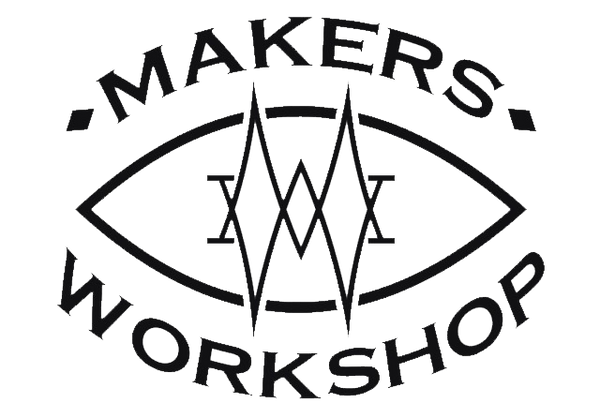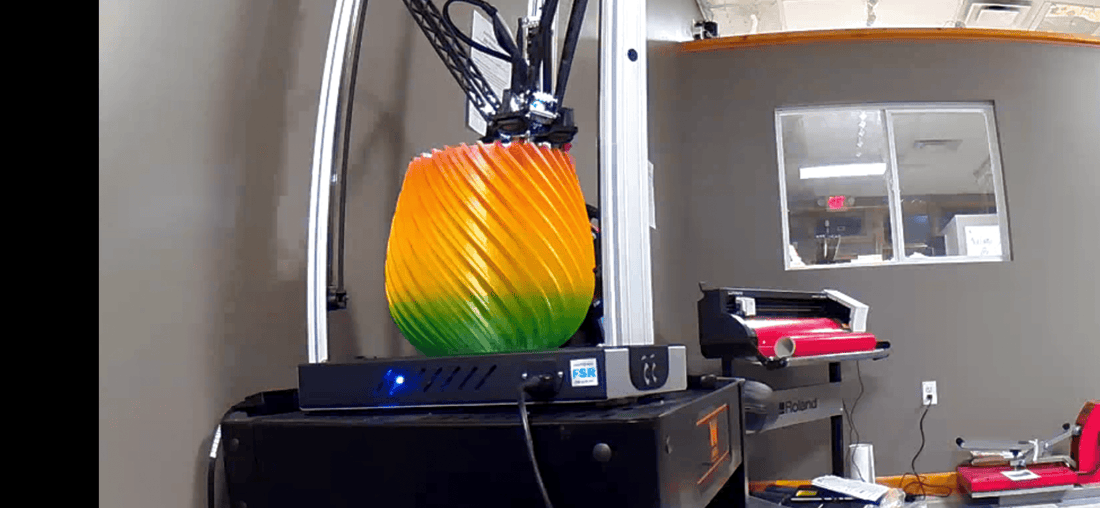Large scale 3D printing has revolutionized the manufacturing industry, allowing for the creation of complex and intricate designs on a much larger scale than ever before. But like any technology, it comes with its own set of advantages and disadvantages. In this blog post, we will explore the pros and cons of large scale 3D printing.
Pros of Large Scale 3D Printing
1. Cost-effective production: Large scale 3D printing can significantly reduce production costs compared to traditional manufacturing methods. It eliminates the need for expensive molds, tooling, and assembly processes, resulting in lower production costs.
2. Design freedom: With large scale 3D printing, designers have the freedom to create complex and intricate designs that were previously impossible or difficult to achieve. This opens up new possibilities for innovation and creativity.
3. Reduced lead time: Large scale 3D printing allows for rapid prototyping and faster production cycles. It eliminates the need for lengthy tooling processes, resulting in reduced lead times and faster time-to-market.
4. Customization: Large scale 3D printing enables customization on a mass scale. It allows for the production of unique and personalized products tailored to individual customer needs and preferences.
5. Reduced waste: Large scale 3D printing is an additive manufacturing process, which means it only uses the necessary amount of material required for production. This results in minimal waste generation compared to traditional subtractive manufacturing methods.
Cons of Large Scale 3D Printing
1. High initial investment: Large scale 3D printers can be expensive to acquire and set up. The cost of the equipment, materials, and maintenance can be a significant barrier for small businesses or startups.
2. Limited material options: While the range of materials available for 3D printing is expanding, large scale 3D printing still has limitations in terms of material options. Certain materials may not be suitable for large scale printing, limiting the choice of materials for specific applications.
3. Print speed: Large scale 3D printing can be time-consuming, especially for complex designs or large objects. The print speed is slower compared to traditional manufacturing methods, which can impact production efficiency.
4. Quality control: Achieving consistent quality in large scale 3D printing can be challenging. Factors such as layer adhesion, surface finish, and dimensional accuracy can vary, requiring careful monitoring and quality control measures.
5. Size limitations: While large scale 3D printing allows for the production of bigger objects, there are still size limitations. The size of the printer and the build volume can restrict the maximum size of the printed object.
In conclusion, large scale 3D printing offers numerous advantages such as cost-effective production, design freedom, and reduced lead time. However, it also has its limitations, including high initial investment, limited material options, and size restrictions. As technology continues to advance, it is expected that these limitations will be addressed, making large scale 3D printing an even more viable and attractive option for manufacturers.

